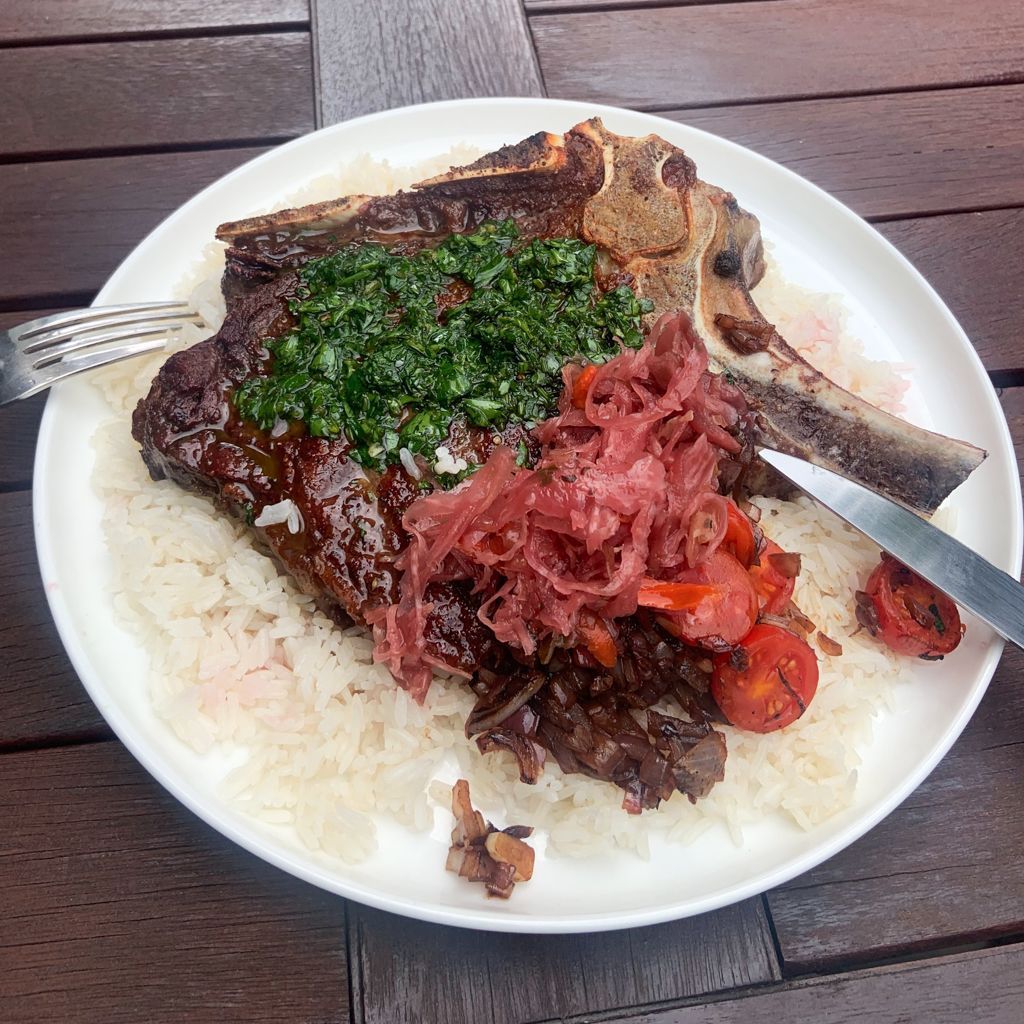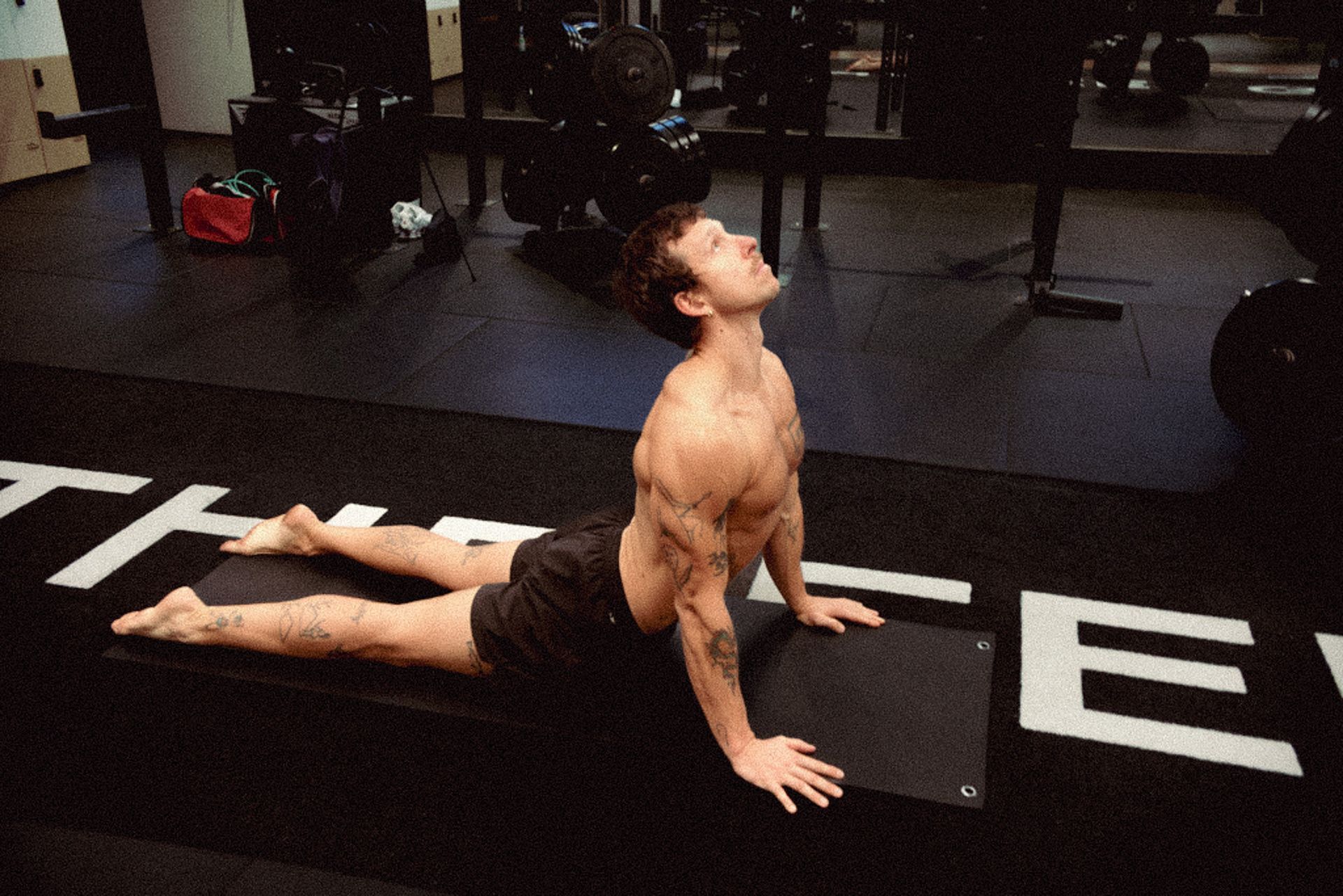Break Through Plateaus, Reduce Injury Risk & Recover Faster
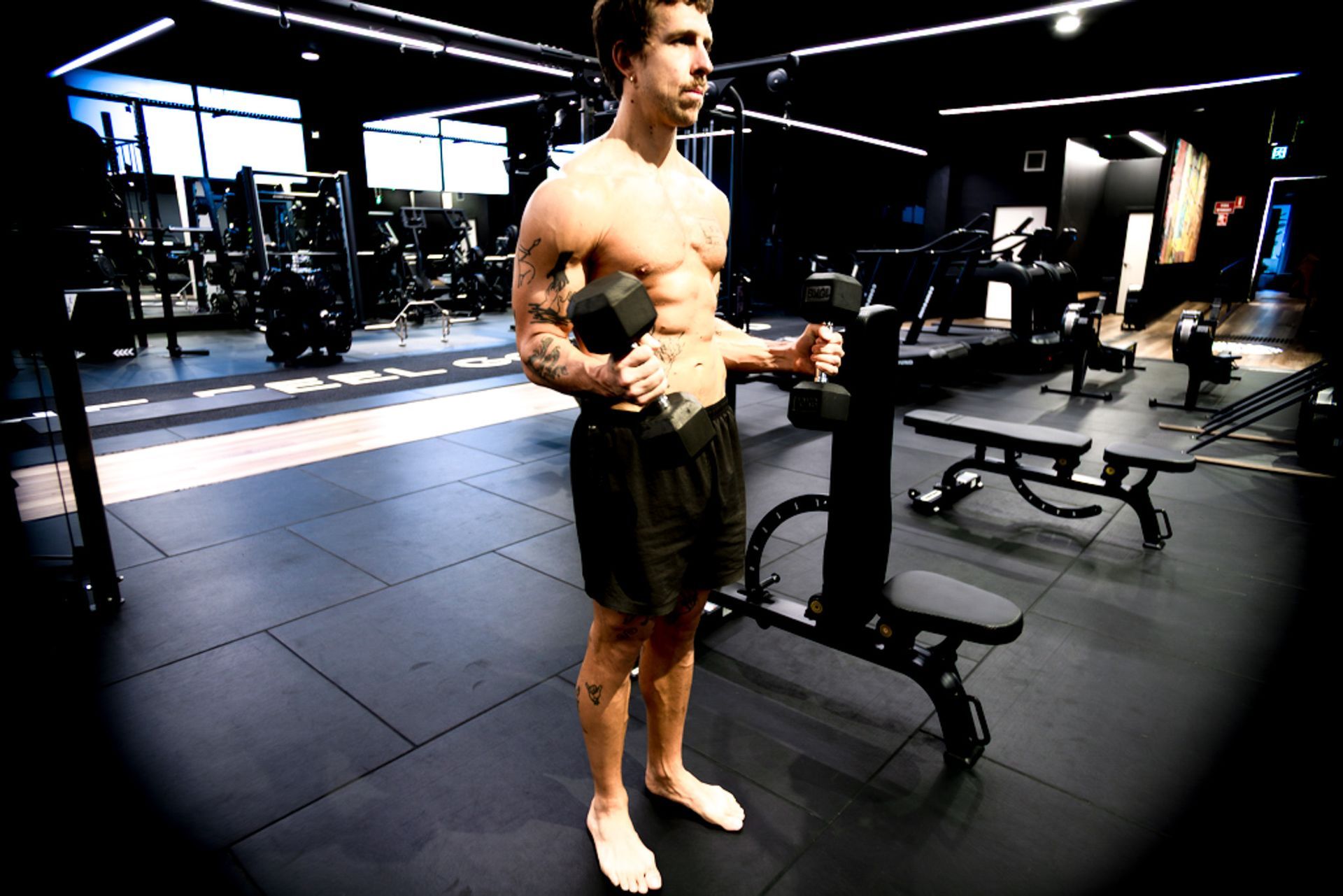
When I design a strength training program for a client, I don’t just throw together random sets and reps. I use structured periodization programs that balance stress and recovery so you progress without burning out.
One of my go-to approaches is undulating periodization.
Put simply, undulating periodization is a training model where I shift training volume and training intensity over time. Instead of running a straight linear program, we cycle between:
- Accumulation phases: higher volume, lower intensity (great for muscle hypertrophy and capacity).
- Intensification phases: lower volume, higher intensity (targeting maximal strength and the nervous system).
Did you know?
It was first developed in Germany and popularised by Charles Poliquin in 1988. The idea is to take “one step back to go two steps forward.”
Why I Use It With Clients
Every client comes to me with a different training experience, training history, body composition, and training goal. That’s why I don’t entertain cookie-cutter resistance training programs.
With undulating periodization, I can adjust the rep scheme, training load, and training frequency to fit your level. If your focus is muscle growth, I’ll bias more high-volume, moderate intensity work. If you’re chasing strength development, we’ll lean into heavier back squat, front squat, and deadlift sessions.
For sports performance, I’ll integrate power training days.
Undulating periodization is flexible enough to work for everyone, from fitness enthusiasts who just want to more lean muscle mass, and for sport athletes who need to peak at the right time.
Intensity Changes Reduce Injury and Guarantee Progression
One of the biggest advantages of undulating periodization is how it uses intensity changes to keep you progressing without breaking your body down.
When intensity shifts are programmed correctly, you not only reduce the risk of overuse injuries, but you also guarantee steady improvements in the qualities you are targeting, whether that is muscle hypertrophy, maximal strength, strength endurance, or power training.
Accumulation and Intensification are Relative
I always remind clients that what counts as “accumulation” or “intensification” depends on the overall training goal.
In a hypertrophy focus cycle, accumulation means more high volume work like squats in the 8–12 rep range.
- In a strength focus cycle, accumulation might look like sets of 5 at a moderate training intensity, which would actually be considered intensification if we were chasing hypertrophy. Context matters, and that is why the undulating model is so versatile.
Download my free guide, Strong for Life: The Busy Person’s Blueprint to Building Strength Without Wrecking Your Body
Not Just Reps
Too many people think undulating just means going from 8 reps to 6 reps. But unless the training load and training variables shift significantly, your body will not respond the way you want.
True undulation is about deliberately changing the stress: one phase prioritises total volume for growth, while the next phase prioritises high intensity to drive strength development.
The accessory work stays steadier, but the A Series (core lift) is where the undulation happens.
Intensity Jumps Must Be Significant
For your nervous system to adapt, the jumps need to be big enough to feel like a new challenge. That is why I often program clear shifts, for example:
- Moving from 4×10 front squats in a hypertrophy phase to 5×3 back squats in a strength phase.
- Progressing from 9×4 deadlifts at moderate load in an intensification phase to a 5×4 deadlifts with heavier load in a performance phase.
Equally important are the back-off periods. By programming phases with lower training intensity or lower volume, I give your body the chance to recover and adapt, which is where the real growth happens.
Programming for your Goals
The beauty of undulating periodization is that it lets me line up intensity changes with your goals:
- Muscle growth (hypertrophy focus): higher volume, moderate intensity, and controlled rep schemes that maximise muscle mass.
- Maximal strength (strength focus): lower volume, higher intensity, heavier loads near your repetition maximum to train the nervous system.
- Strength endurance: higher rep ranges with lighter loads to build work capacity.
- Power training (power focus): low reps at high speed with moderate loads to train explosive force, essential for sport athletes.
When the intensity changes are planned around the right training cycle, they do not just create progress. They make sure the progress is in the exact direction of your goal.
3 Common Misunderstandings
I see people misunderstand undulating periodization all the time, here the top 3 biggest misconceptions:
- They think it’s just about fluctuating rep ranges, when in reality training volume and intensity need to be carefully balanced.
- They forget that different rep ranges hit different systems: 8–12 for muscle hypertrophy, 3–6 for muscular strength, 12+ for strength endurance.
- They slap the labels “accumulation” and “intensification” on a program without creating a true undulating cycle.
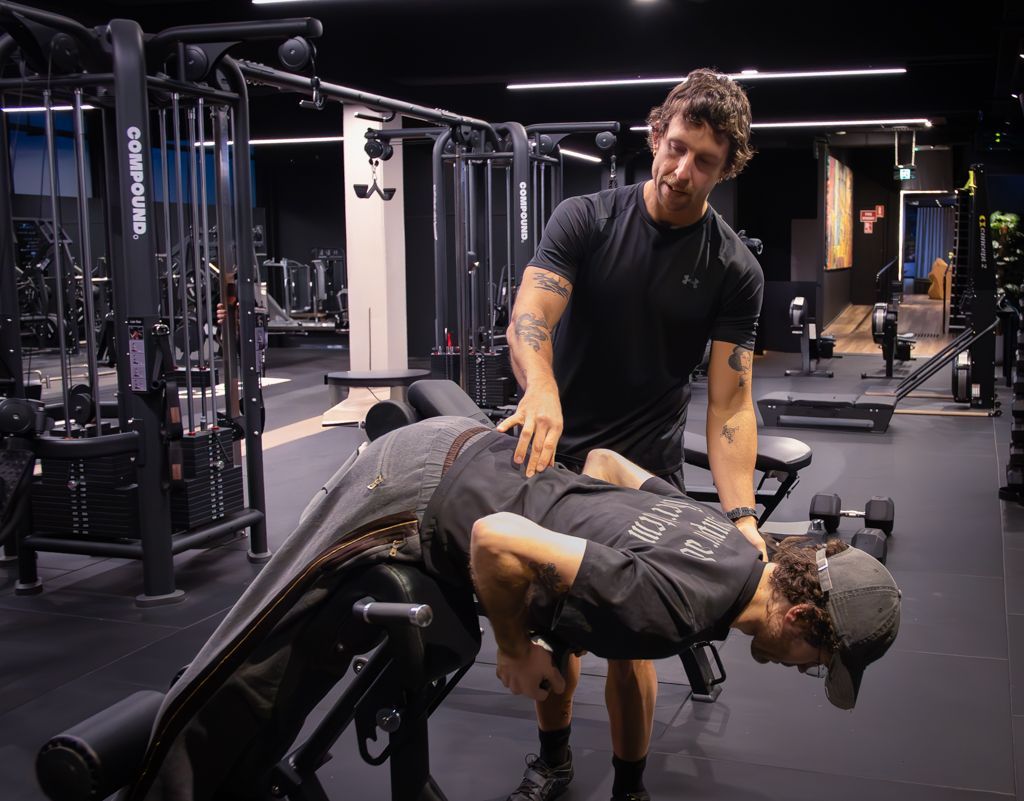
Advantages for My Clients
Here’s why I use undulating periodization:
- It's perfect for long-term training. Many of my clients train year-round, and this approach keeps every quality such as strength, size, and endurance moving forward.
- It prevents loss of progress. You don’t lose muscle growth or body strength when we rotate stressors strategically.
- It keeps training interesting. Shifting focus each week keeps you mentally engaged.
- It’s joint-friendly. By alternating high intensity and low intensity phases, we reduce repetitive stress.
- It allows for greater stress in each phase, which means impressive training outcomes over time.
When It’s Not the Right Fit
I’ll be straight with you. Undulating periodization isn’t for everyone. There are times when another approach is more suitable, here are some examples:
- If you’re brand new to training, a linear approach usually works better until you build a base.
- If you only train twice a week, the model won’t deliver what it’s designed for.
- In short periods like an 8-week challenge, block periodization may be more effective.
- It also requires an understanding of loading schemes. That’s where I come in as your coach. I take the guesswork out.
How I Apply It in Practice
When I use Undulating Periodization (UP), the undulation happens in the A Series (the main lift of each phase). This is where we deliberately shift training volume and training intensity. The accessory and support work remain more consistent to reinforce technique, build muscle, and support recovery.
Phase 1: Strength Focus
- A Series (Core Lift): Back squat 5×3 heavy
- B/C Series: Overhead press 6×4, accessory work for motor patterns
Phase 2: Hypertrophy Focus
- A Series (Core Lift): Front squat 9×4
- B/C Series: Bench press 4×10, lat pulldown 3×12, isolation work for muscle hypertrophy
Phase 3: Power Focus
- A Series (Core Lift): Speed deadlifts 6×2
- B/C Series: Push press 5×3, explosive movements such as jumps and throws for power training
By cycling the A Series through strength, hypertrophy, and power phases, we create the undulation that drives long-term adaptation. The supporting lifts stay more consistent, giving your body stability, while the main lift gets the deliberate variation.
My Philosophy, Consistency is King
The model only works if you stay consistent. I remind my clients of four key things:
- Stick to the long-term plan but adapt when life happens.
- Every exercise, every training session and every phase has a purpose. Nothing is random.
- Pair training with the right nutrition and recovery to get the best body composition and body mass results.
- Be patient. Changes in muscle hypertrophy, strength endurance, or fat loss don’t happen overnight.
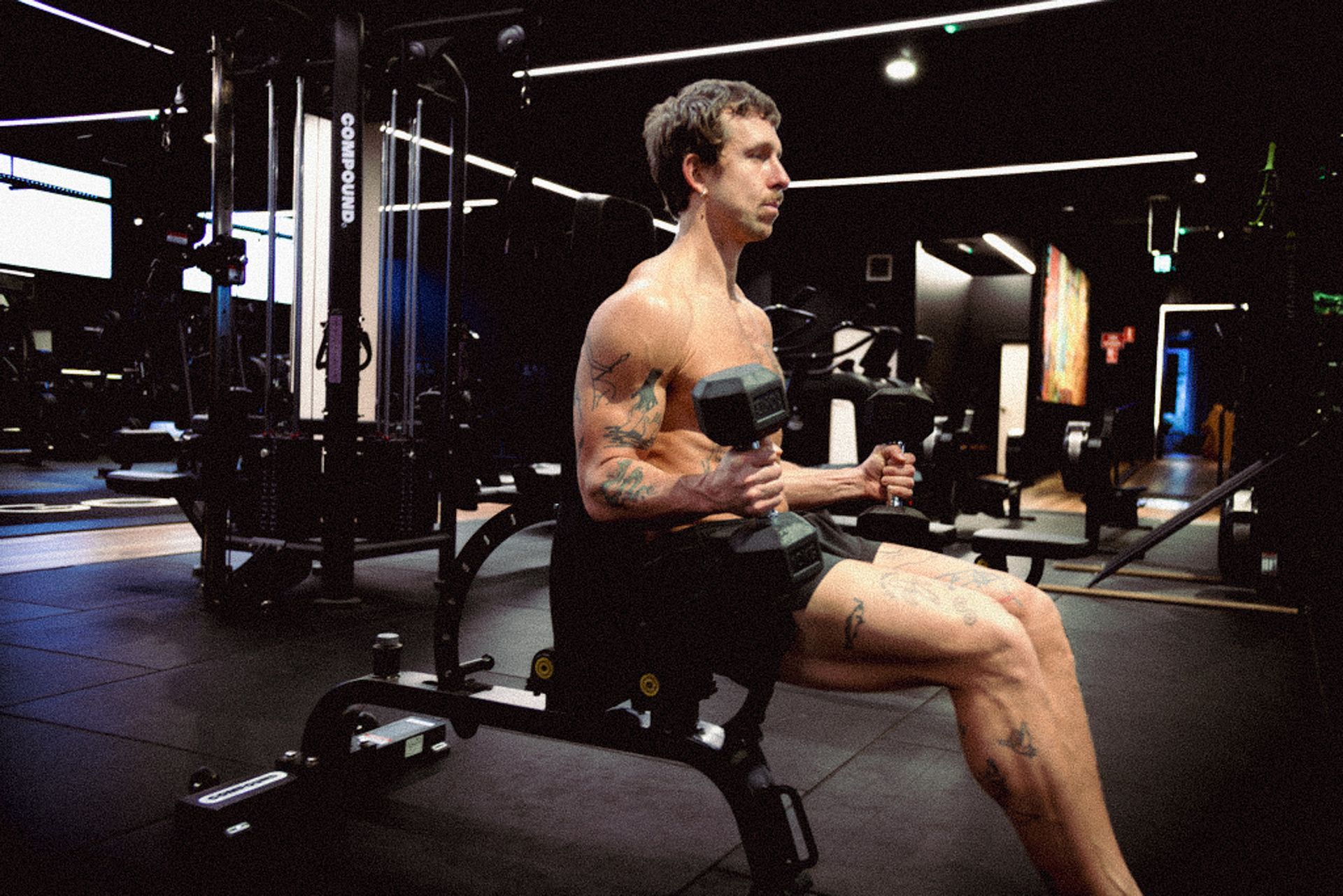
Conclusion
By cycling between high volume and low volume phases, and shifting training intensity strategically, I help clients build muscular strength, muscle growth, and body strength while keeping training sustainable and injury non existent.
If you’re ready for a program that adapts with you and keeps you moving forward year after year, undulating periodization might be exactly what you need.
FAQ
Undulating periodization is a training model where I vary training volume and training intensity across phases. A linear approach steadily increases intensity and reduces volume over time.
In contrast, undulating cycles between accumulation (higher volume, lower intensity), intensification (lower volume, higher intensity), and sometimes power focus phases. This keeps progress consistent and reduces the risk of plateaus.
Instead of changing the focus every session, I run it in phases and the phases are tailored towards your goals.
For example:
- Accumulation phase: more high volume work like front squats in the 8–12 rep range for muscle hypertrophy.
- Intensification phase: heavier, lower rep schemes such as 5×3 back squats to develop maximal strength.
- Power phase: explosive lifts like speed deadlifts or push press to train power output.
The undulation happens in the A Series (core lifts), while the accessory work stays more consistent.
For complete beginners, I usually recommend a simple linear program.
It builds a foundation of body strength, training load tolerance, and motor patterns. Once you have some training history, phase undulating periodization becomes a powerful tool.
You’ll get the best results if you train three or more days per week.
That gives us enough room to balance rep ranges, intensity changes, and recovery. If you only train twice a week, the model doesn’t work as well because the phases don’t get enough exposure.
Yes. During hypertrophy focus phases, I program higher training volume, moderate loads, and rep ranges like 4×8 or 4×10.
This is ideal for building muscle hypertrophy and muscle mass. The following strength focus phase reinforces that by increasing your ability to lift heavier loads, which feeds back into more growth later.
By cycling between high volume and high intensity, you allow the nervous system and muscles to adapt without burning out. For example, you might progress from front squats at 4×10 in accumulation to back squats at 5×3 in intensification. These jumps create meaningful stress that drives strength development.
Yes. While nutrition drives fat loss, this model helps preserve muscle mass and body strength while in a calorie deficit.
Periodized programs can create significant differences in your physique, leading to more lean mass, resulting in body recomposition. More muscle, less body fat (which is generally what everyone wants when they say weight loss)
Phases typically run 4–6 weeks, depending on your training goal and training history.
Block periodization usually dedicates entire blocks to one quality, such as four weeks of hypertrophy followed by four weeks of strength. Phase undulating revisits those qualities more regularly by alternating them in sequence across the year. This prevents qualities like strength endurance or hypertrophy from dropping off while still allowing for clear focus.
Alternating between high intensity and low intensity phases gives joints and connective tissue a break. Instead of constantly grinding heavy loads, undulation builds in natural recovery phases while still driving adaptation. This makes it one of the most sustainable long-term periodization programs.
Yes, absolutely. The way I program training only works if your nutrition matches your goal and where you are starting from.
- If your goal is to build muscle mass: I’ll guide you toward a slight calorie surplus with enough protein to support muscle hypertrophy. Pairing this with higher training volume in accumulation phases creates the best environment for growth.
- If your goal is to lean out and lose body fat: We’ll shift to a controlled calorie deficit while keeping protein high to maintain muscle mass. During these periods, I’ll balance phases so the focus is on strength and performance without overwhelming your recovery. You won't have to do cardio you simply have to walk 8-10,000 steps.
- If you’re starting lean and strong: Nutrition will focus on fuelling recovery, ensuring you can handle higher training intensity in intensification phases.
- If you’re starting with higher body weight: We’ll use nutrition to support fat loss while still building muscular strength and improving body composition.
The key is that nutrition is never one-size-fits-all. It is tailored to your training cycle, your physique, and your training goal, so your body has exactly what it needs to adapt to the work we are doing in the gym.



